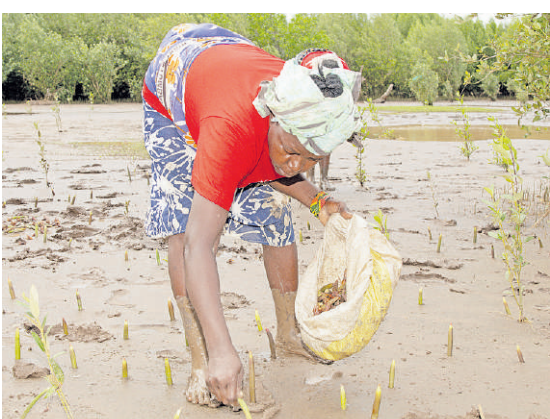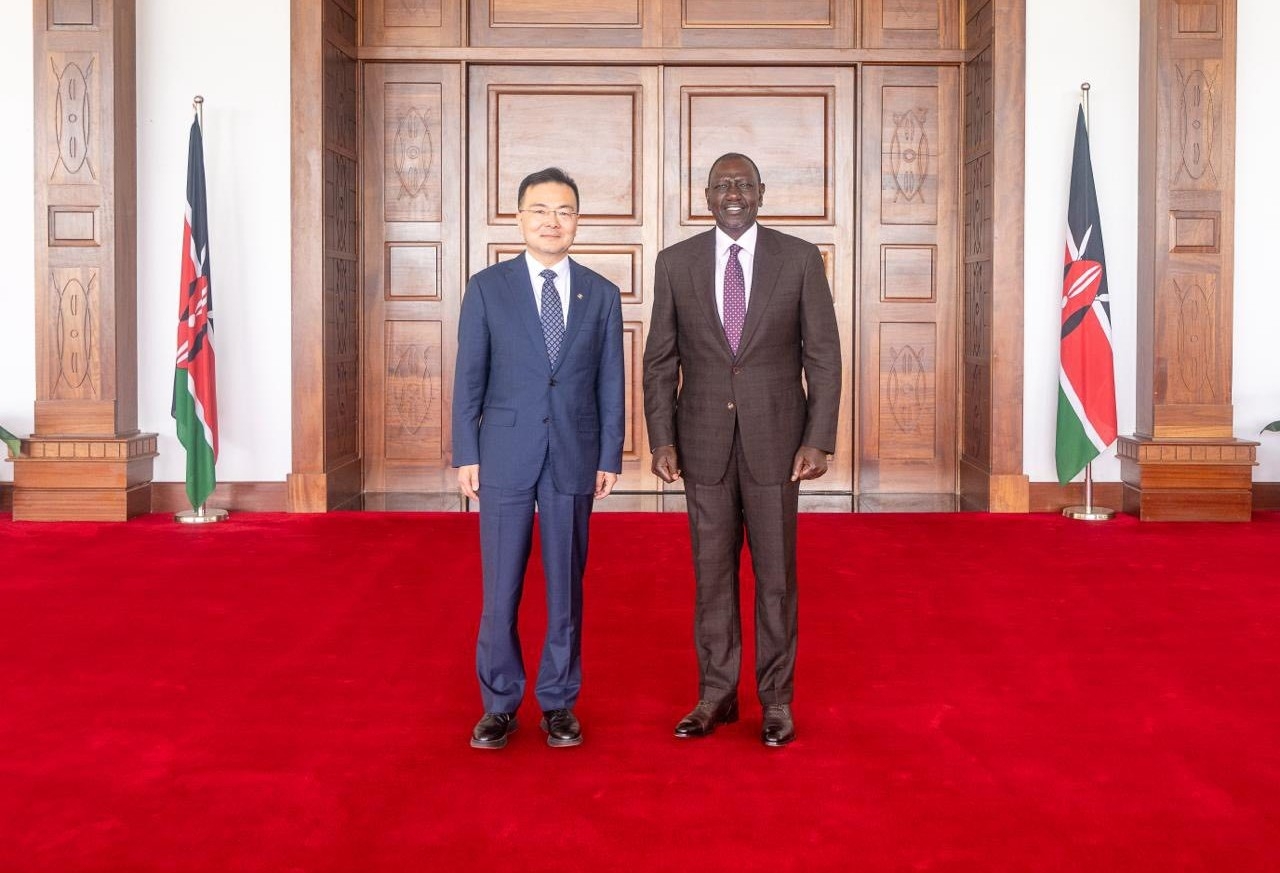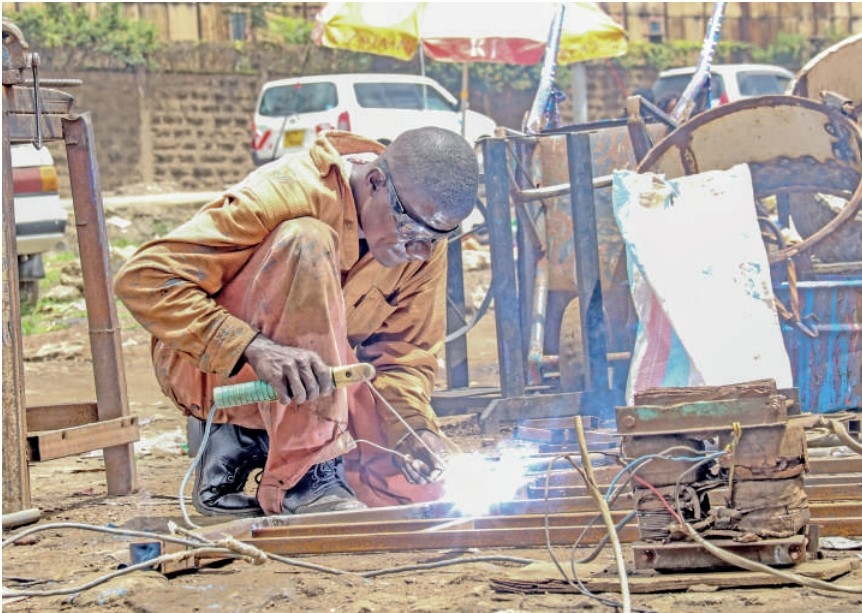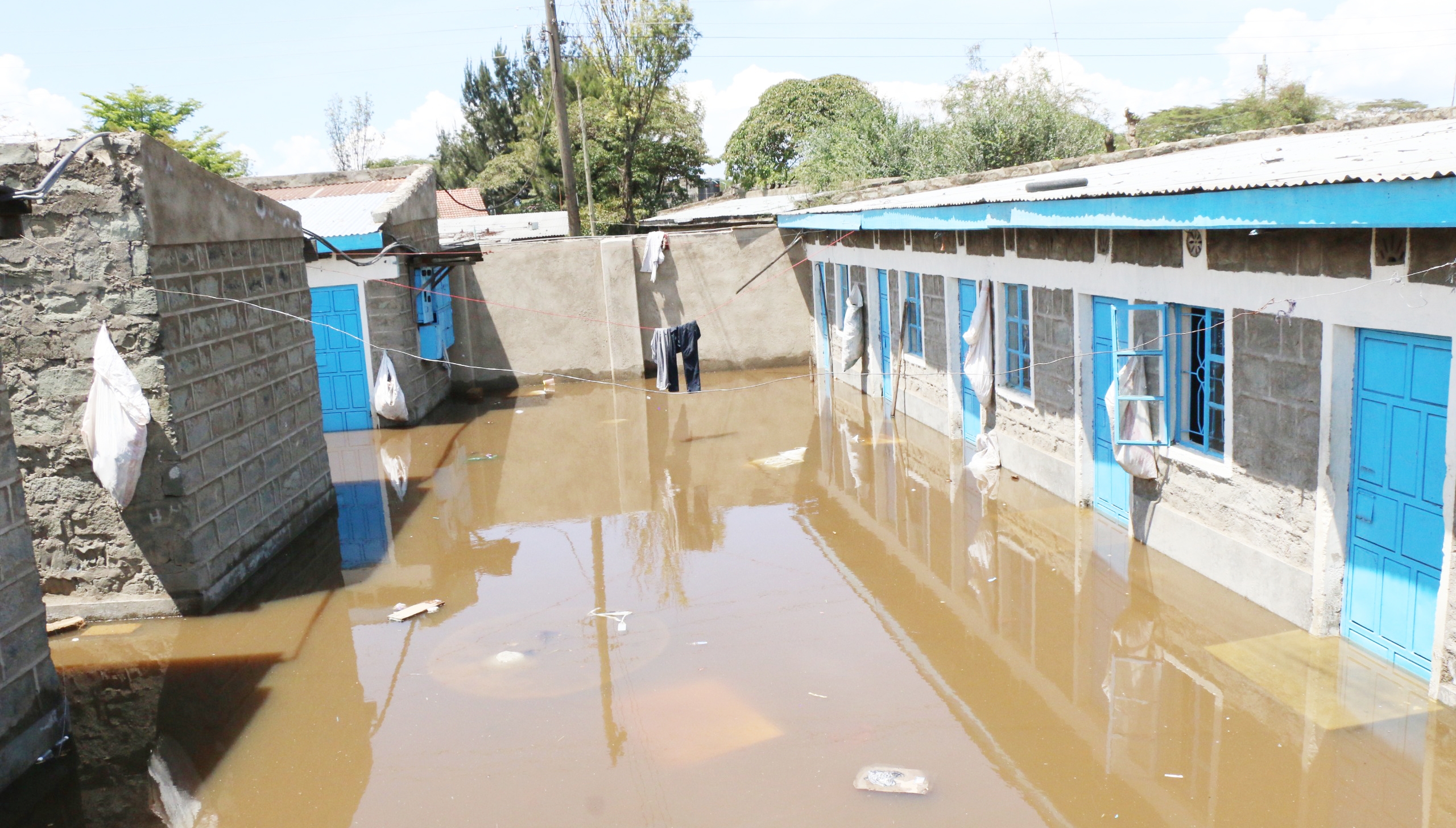

A new study by the World Resources Institute has shown that bolstering funding for adaptation and resilience is not only urgent, but also one of the smartest development investments available today.
The study, which analysed 320 adaptation and resilience investments across 12 countries totalling $133 billion (Sh17.2 billion), finds that every $1 (Sh129) invested in adaptation and resilience generates more than $10 (Sh1,292.6) in benefits over ten years.
This translates to potential returns of over $1.3 trillion, with average returns of 27 per cent.
“One of our most striking findings is that adaptation projects aren’t just paying off when disasters happen – they generate value every day through more jobs, better health and stronger local economies," senior fellow at WRI, Carter Brandon, said.
“That’s a major mind shift: policymakers don’t need a disaster to justify resilience – it’s simply smart development.”
WRI uses research-based approaches globally and in focus countries to meet people’s essential needs; protect and restore nature; and stabilise the climate and build resilient communities.
The study shows that some sectors record even greater returns.
Health sector investments, for example, are projected to deliver returns of over 78 per cent, driven by the high benefits of protecting lives from climate-related impacts like heat stress, malaria and dengue fever.
Investments in disaster risk management, such as early warning systems, also showed exceptionally high returns derived from safeguarding lives and infrastructure.
The study defines adaptation investments as those aimed at reducing or managing physical climate risks, such as climate-smart agriculture, expanded health services and urban flood protection.
However, in many cases, the resulting development and social benefits matched or exceeded the avoided losses from climate impacts.
“This research has pried open the lid on what resilience is truly worth — and even that first glimpse is staggering," said Sam Koojo, co-chair of the Coalition of Finance Ministers for Climate Action from Uganda.
“It's time for leaders to recognise climate adaptation is not just a safety net but a launch pad for development.”
WRI evaluated projects based on three key types of returns (commonly referred to as the “triple dividend of resilience”): avoided losses from climate disasters; induced economic gains such as job creation and increased crop yields; and broader social and environmental benefits (such as improved health systems and biodiversity).
On average, benefits were fairly evenly distributed across all three types. Only eight per cent of investment appraisals estimated the full monetised values of these dividends – suggesting that actual rates of return are substantially underestimated in economic assessments of most adaptation investments.
While adaptation investments have traditionally focused on reducing climate vulnerability and strengthening the resilience of investments, the study found that over 50 per cent of their documented benefits occur even if climate-related disasters do not happen.
Infrastructure built to better manage extreme weather events may provide year-round value: irrigation systems can support diverse cropping patterns and evacuation centres may double as community hubs.
Nature-based solutions – such as watershed, wetland and coastal protections – frequently provide added ecological and recreational benefits.
These findings demonstrate that investing in adaptation is not just a protective measure – it also helps advance countries’ broader development priorities and sustainable development goals. Nearly half of the analysed adaptation investments are also expected to cut greenhouse gas emissions, showing that adaptation and mitigation often go hand in hand.
This overlap could open the door to greater climate finance from investors focused on lowering emissions.
The strongest examples of this win-win were found in the energy, forestry, transport, cities and agriculture sectors. Many of these projects use nature-based solutions that sequester carbon and deliver ecological benefits, such as urban tree planting to reduce heat or stabilising hillsides to reduce erosion.
WRI recommends that government leaders treat adaptation as an engine for economic opportunity and fully integrate resilience into national development strategies.
The paper also calls for a standardised approach to measuring and reporting adaptation outcomes, which would improve investments' comparability, transparency and accountability.
The study builds on the Adapt Now report released by WRI and the Global Commission on Adaptation in 2019 and was prompted by the G20 and the government of Brazil's interest in better evidence of economic benefits from investing in resilience.
“This evidence gives leaders and non-State actors exactly what they need heading into COP30: a clear economic case for scaling adaptation,” said Dan Ioschpe, climate high-level champion for COP30.
The research team evaluated 320 adaptation investments approved by multilateral development banks and other international climate finance institutions for implementation across four key sectors – agriculture, health, water and infrastructure – from 2014 to 2024.
The country sample focuses on 12 countries: Bangladesh, Brazil, China, Colombia, Ethiopia, Ghana, India, Kenya, Senegal, South Africa, Uzbekistan and Vietnam.
The selection includes diverse regions, population sizes and income levels and collectively represents 48 per cent of the global population.















